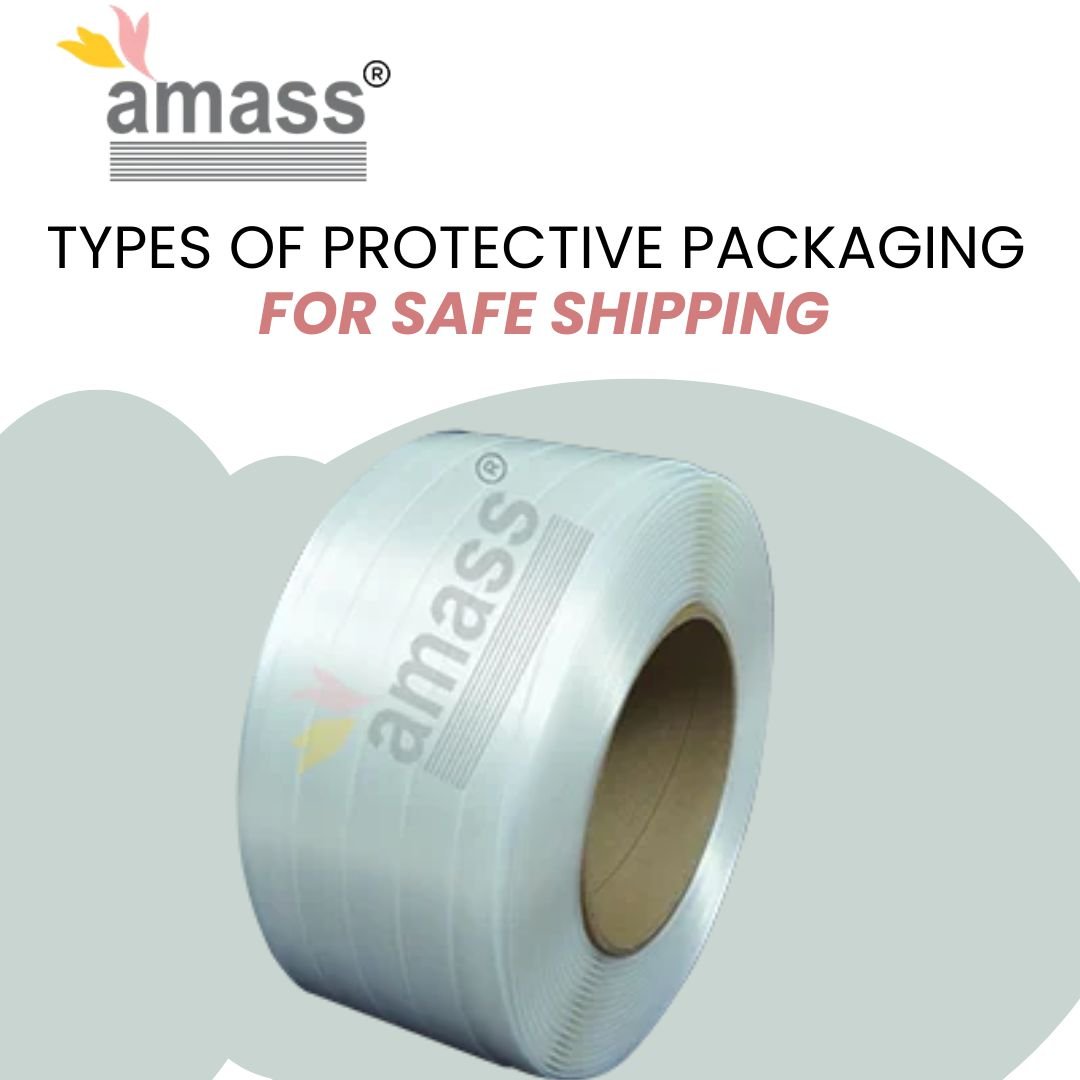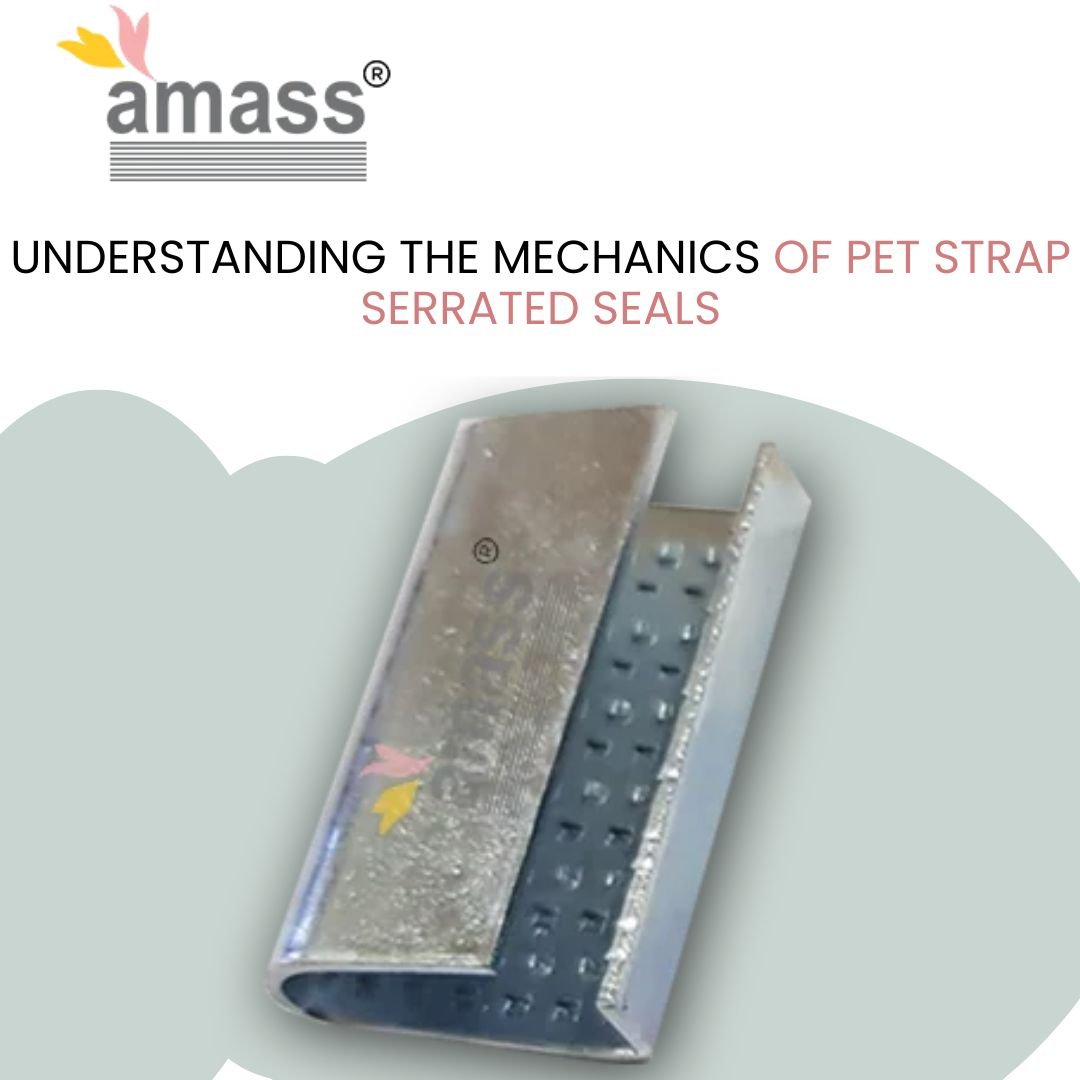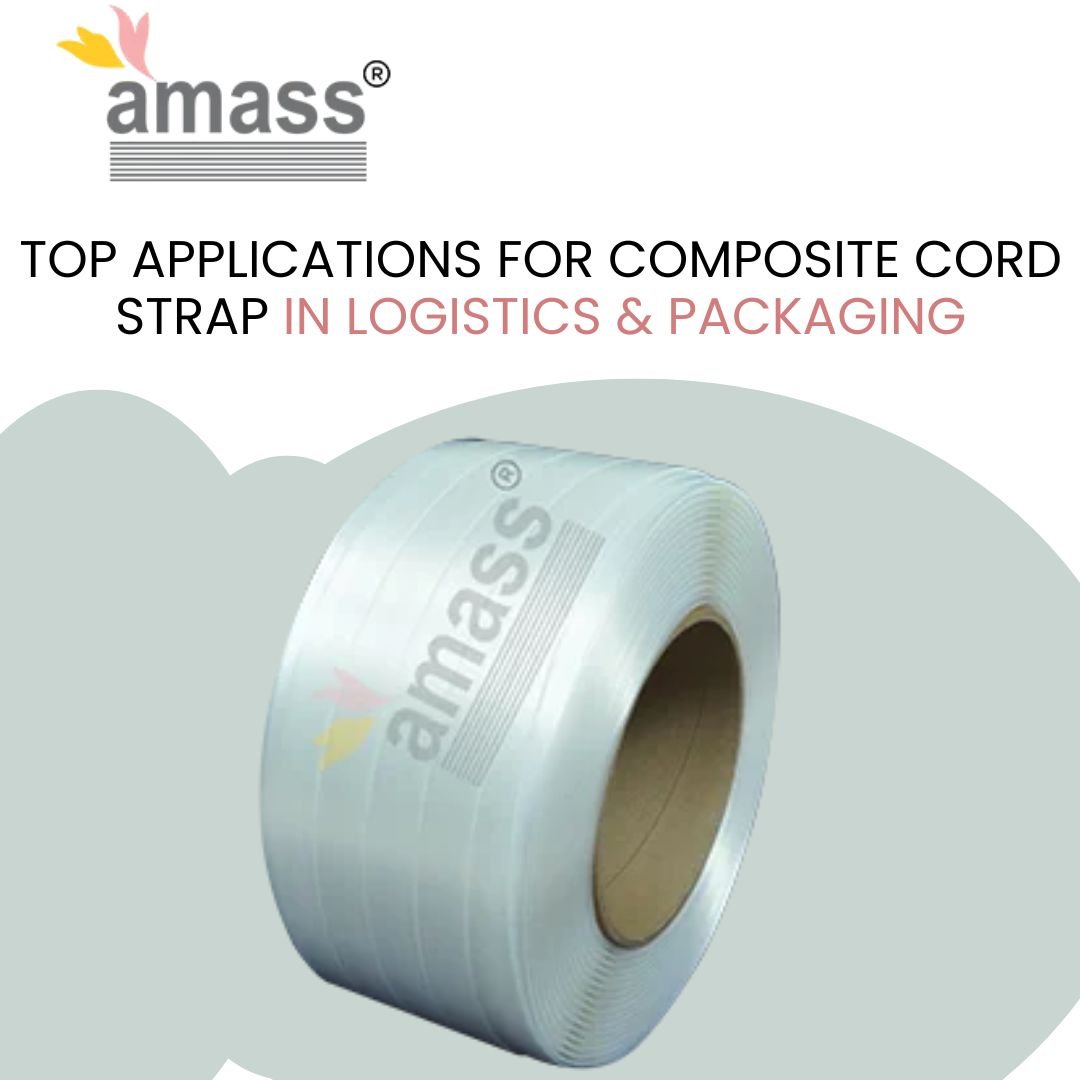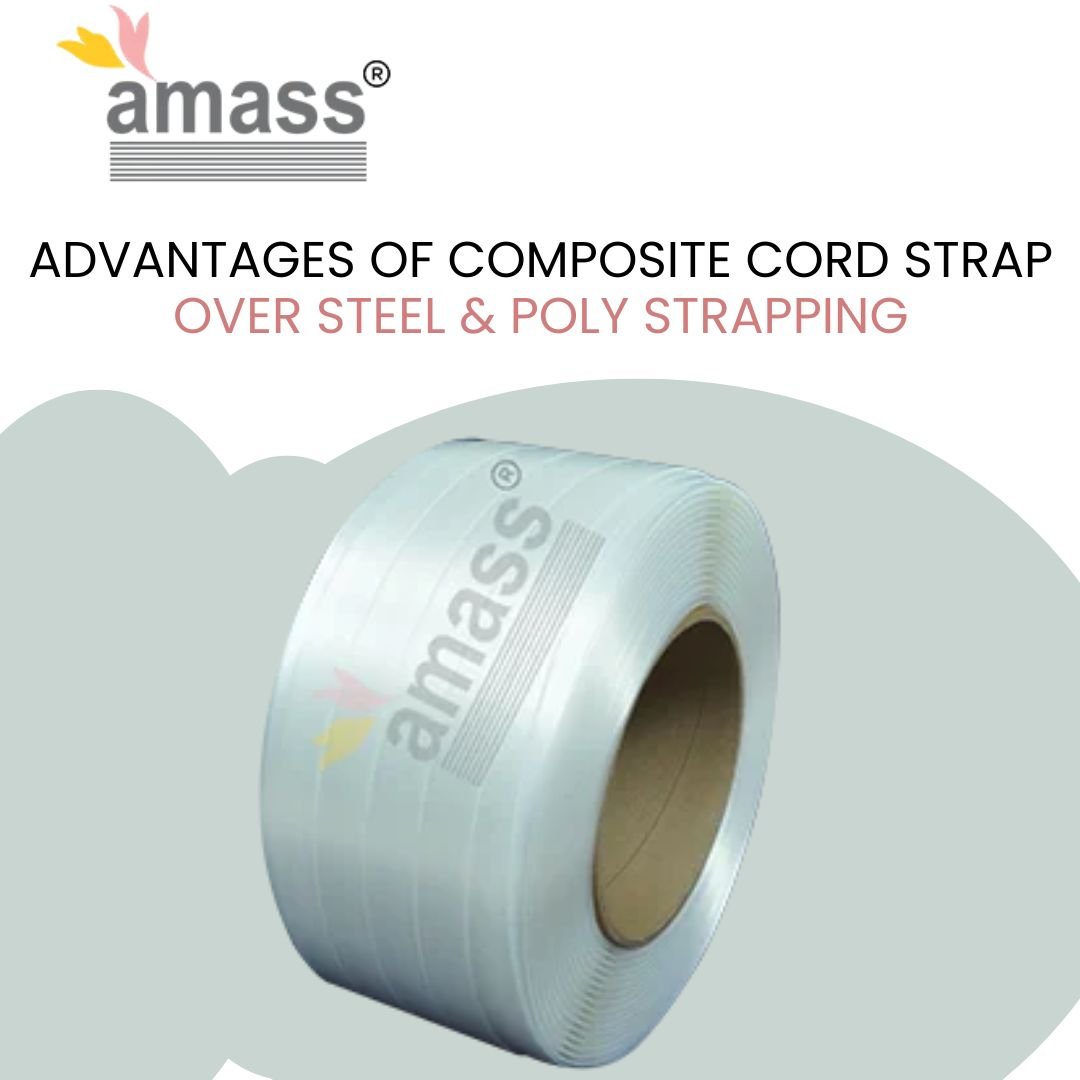Types of Protective Packaging for Safe Shipping

Why Use Virgin PP Strap? Benefits for Your Strapping Machine
August 11, 2025
Eco-Friendly & Recyclable PET Straps for Packaging
August 23, 2025The journey from factory floor to customer doorstep is fraught with hazards—bumps, shocks, moisture, and stacking pressure. The right protective packaging isn’t a luxury; it’s a strategic necessity that keeps products pristine and reduces costly returns. With India’s e-commerce and industrial supply chains growing exponentially, choosing innovative, data-driven packaging can make all the difference in your reputation and profits.
Foam Packaging: The Shock Absorber of Shipping
Foam packaging (often expanded polystyrene or polyethylene) wraps products in a layer of defense against impact and vibration. Its custom-fit flexibility shields fragile items like electronics, glassware, and medical devices. Foam inserts can be tailored to a product’s shape, maximizing protection and minimizing movement. In high-performance applications, closed-cell foams offer water resistance, thermal insulation, and even buoyancy—making them the protector of choice for aerospace and automotive shipments.
Bubble Wrap & Air Pillow Packaging: Lightweight, Reliable Cushioning
Nothing is more universally trusted than bubble wrap. Its air-filled pockets disperse shocks, preventing breakage of delicate items. Air pillows are a modern alternative—lightweight cushions made from compressed air, adaptable to any box configuration. They’re reusable and help reduce shipping costs by adding minimal extra weight. For maximum eco-efficiency, air pillows are now recyclable and gaining traction across Indian e-commerce supply chains.
Corrugated Boxes: The Backbone of Protective Packaging
Corrugated fiberboard boxes are the workhorses of packaging. Their strength, stackability, and cost-effectiveness support everything from electronics to textiles. Recent innovations include moisture-resistant coatings and multi-layer construction, extending the box’s utility for export and heavy-duty uses. Custom-cut corrugated inserts fit oddly shaped items, while edge protection and reinforced corners cater to high-value industrial shipments.
Padded Divider Sets & Packaging Inserts: Optimal Organization and Safety
Padded divider sets compartmentalize goods within boxes, preventing incompatible items from damaging each other. These sets are especially valued when mailing mixed products, offering both protection and cost savings. Packaging inserts, made of cardboard or molded pulp, separate components and add structure—essential for electronics, pharmaceuticals, and gourmet food packaging where presentation is paramount.
Packing Paper: Sustainable, Flexible Protection
Packing paper, available as butcher or kraft, offers dense, layered defense for items like glass, porcelain, or art. Increasingly, recycled paper fill is becoming a go-to biodegradable packaging material. It’s lightweight, buffer-impact absorbing, and eco-friendly, allowing businesses to support sustainability while ensuring shipment integrity.
Packing Peanuts: Void Fill for Impact Resistance
Made from expanded polystyrene or biodegradable cornstarch, packing peanuts fill empty spaces in packages, immobilizing the items and absorbing shocks. Their unique shape prevents shifting even under transit stress. Biodegradable versions decompose naturally, reducing environmental impact—a key feature for brands aiming for green credentials.
Honeycomb Packaging: Lightweight, Durable, and Sustainable
Honeycomb mailers and panels combine minimal weight with strong padding, ideal for cost-effective and eco-conscious shipping. Honeycomb polypropylene materials are increasingly adopted due to their recyclability, durability, and ability to withstand repeated use, supporting the circular economy.
Polyethylene Foam: Water-Resistant and Versatile
Polyethylene foam offers closed-cell, moisture-resistant cushioning, perfect for sensitive shipments like electronics or pharmaceuticals. Its shock-absorbing nature also provides thermal insulation and is highly valued in automotive and industrial logistics.
Edge & Corner Protectors: Defense Against Crushing
Edge protectors made from plastic, foam, or reinforced cardboard shield vulnerable box corners and structural edges from crushing and impact. They’re indispensable in bulk or palletized shipments, particularly in export and heavy-goods logistics, where stacking stresses are significant.
Innovative Protective Packaging Trends for 2025
The future of protective packaging is green and smart. Compostable packaging alternatives and biodegradable materials—such as mycelium-based foams and plant-based plastics—are minimizing environmental impact without sacrificing strength. RFID-enabled packaging and smart labels allow real-time tracking and authentication, reducing losses from theft or counterfeiting in high-value supply chains.
AI-driven design optimizes packaging to minimize waste and maximize protection, while digital printing allows for high-quality branded packaging at scalable costs. Advanced barrier materials now protect against moisture, oxygen, and contaminants—crucial for pharmaceuticals and perishables.
How to Choose the Best Protective Packaging for Your Business
Selecting the right material means balancing protection, cost, and sustainability:
- Product Type: Weight, fragility, and shape matter.
- Transport Conditions: Consider humidity, stacking pressure, and rugged handling.
- Packaging Longevity: Disposable vs. reusable options impact cost and waste.
- Environmental Goals: Recyclable or biodegradable solutions support branding and compliance.
Consult with Amass Strapping Solutions for tailored recommendations based on your industry, shipment volume, and customer expectations.
Amass Strapping Solutions: Your Partner in Safe, Smart Shipping
As a leader in India’s packaging sector, Amass Strapping Solutions provides complete, customizable protective packaging systems. Whether it’s foam, bubble wrap, corrugated boxes, or the latest in smart packaging, Amass helps you:
- Cut down damage-related returns
- Streamline packing operations
- Enhance customer satisfaction
- Meet sustainable development goals
Let Amass optimize your packaging so every shipment arrives perfectly—every time.
Conclusion: Secure Your Products, Secure Your Brand
In today’s competitive market, protective packaging is not just an operational detail—it’s a brand promise. With innovations ranging from eco-friendly materials to AI-driven designs, choosing the right solution means more than safety. It means reputational excellence and sustainable growth. Trust Amass Strapping Solutions to deliver the future of packaging, today—because every product deserves a safe journey.




